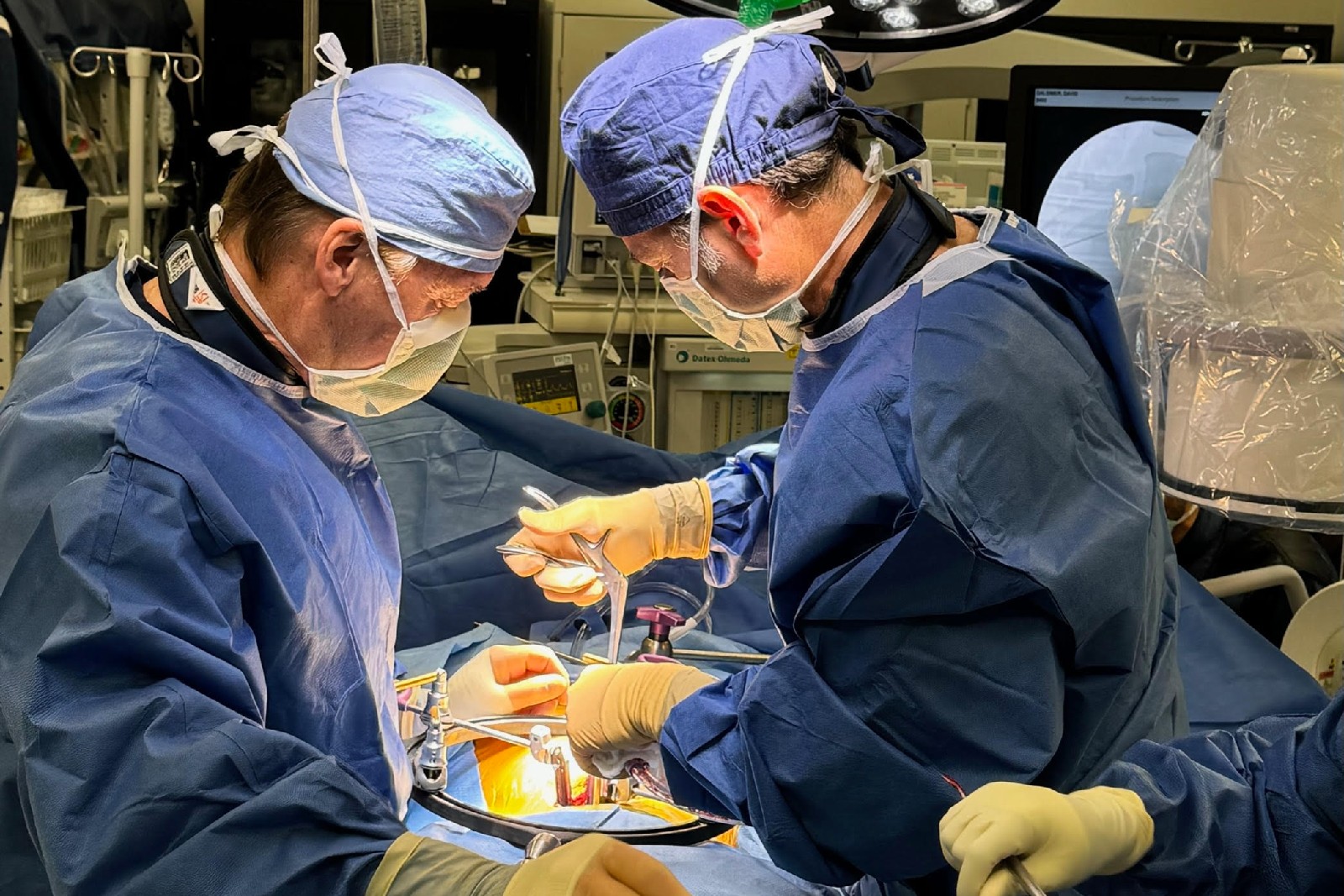Range of Motion After 1, 2, and 3 Level Cervical Disc Arthroplasty

Background
Motion of a solid body involves translation and rotation. Few investigations examine the isolated translational and rotational components associated with disc arthroplasty devices. This study investigates single- and multi-level cervical disc arthroplasty with respect to index and adjacent level range of motion. The investigators hypothesized that single- and multilevel cervical disc replacement will lead to comparable or improved motion at implanted and adjacent levels.
Methods
Seven human cervical spines from C2 to C7 were subjected to displacement-controlled loading in flexion, extension, and lateral bending under intact, 1-Level (C5–C6), 2-Level (C5–C6, C6–C7) and 3-Level (C5–C6, C6–C7, C4–C5) conditions. 3D motions sensors were mounted at C4, C5, and C6. Motion data for translations and rotations at each level for each surgical condition and loading mode were compared to intact conditions.
Results
1-Level: The index surgery resulted in statistically increased translations in extension and lateral bending at all levels with statistically increased translation observed in flexion in the superior and inferior levels. In rotation, the index surgeries decreased rotation under flexion, with remaining levels not statistically different to intact conditions.
2-Level
A device placed inferiorly resulted in statistically increased translations at all levels in extension with statistically increased translations superior and inferior to the index level in flexion. Lateral bending resulted in increased nonsignificant translations. Rotations were elevated or comparable to the intact level for all loading.
3-Level
Translations were statistically increased for all levels in all loading modes while rotations were elevated or were comparable to the intact level for all loading modes and levels.
Conclusions
Micromotion sensors permitted monitoring and recording of small magnitude angulations and translations using a loading mechanism that did not over constrain cervical segmental motion. Multilevel cervical disc arthroplasty yielded comparable or increased overall motion at the index and adjacent levels compared to intact conditions.
More News & Insights from Cuéllar Spine
Exploring the Success Rates and Benefits of Laminectomy Without Fusion Surgery
Lumbar disc replacement surgery offers a promising alternative to traditional treatments for debilitating back pain and limited mobilit
The State of Outpatient Spine Surgery in 4 Studies
Outpatient spine surgery is growing, and its outlook suggests the trend will likely continue. Here are four studies illustrating the st
The Pros and Cons of Lumbar Disc Replacement (Also known as Total Disc Replacement (TDR), Total Disc Arthroplasty (TDA), or Artificial Disc Replacement (ADR))
Lumbar disc replacement surgery offers a promising alternative to traditional treatments for debilitating back pain and limited mobilit
10 Signs You May Need Revision Spine Surgery
Revision spine surgery, also known as secondary spine surgery, plays a crucial role in addressing persistent or recurrent spinal condit
Lumbar Total Disk Replacement Device Removals and Revisions Performed During a 20-Year Experience with 2141 Patients
This was a retrospective study with prospective patient contact attempted to collect current data.
36-Year-Old Male with History of Neck Pain
36-Year-Old Male with History of Neck Pain Radiating Into Both Shoulders, Numbness in Radial 3 Fingers of Both Hands
Problems with Artificial Disc Replacement
Artificial disc replacement (ADR), also known as total disc replacement (TDR), has emerged as a revolutionary approach in the field of
Top 5 Ways a Spinal Surgeon Can Help with Neck Pain
It is easy to take the movement in our necks for granted - and yet, when we are in pain, our neck flexibility can become extremely limi
ADR Spine Announces the Inclusion of Four Surgeons to Its National Top Doctors in Arthroplasty Program
ADR Spine Welcomes Elite Physicians to Top Doctors in Arthroplasty Program









